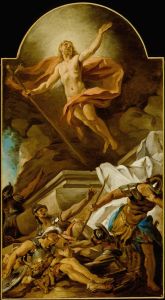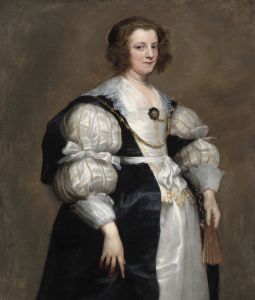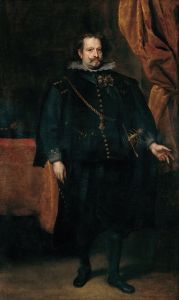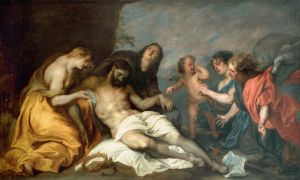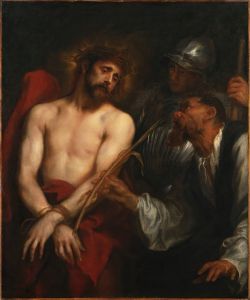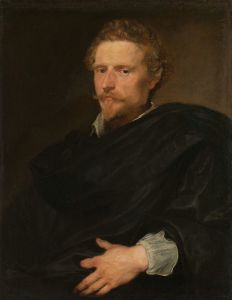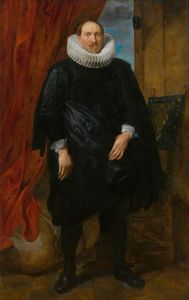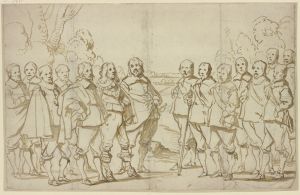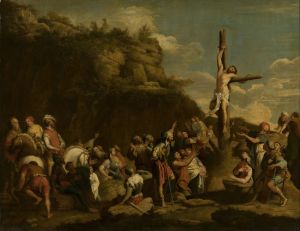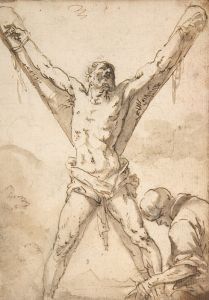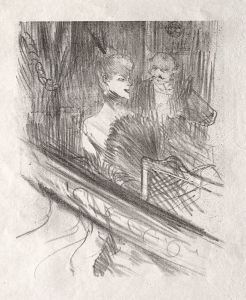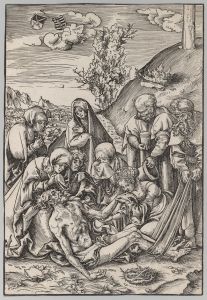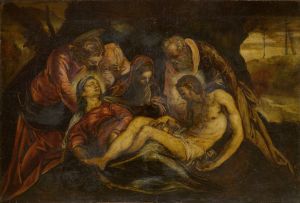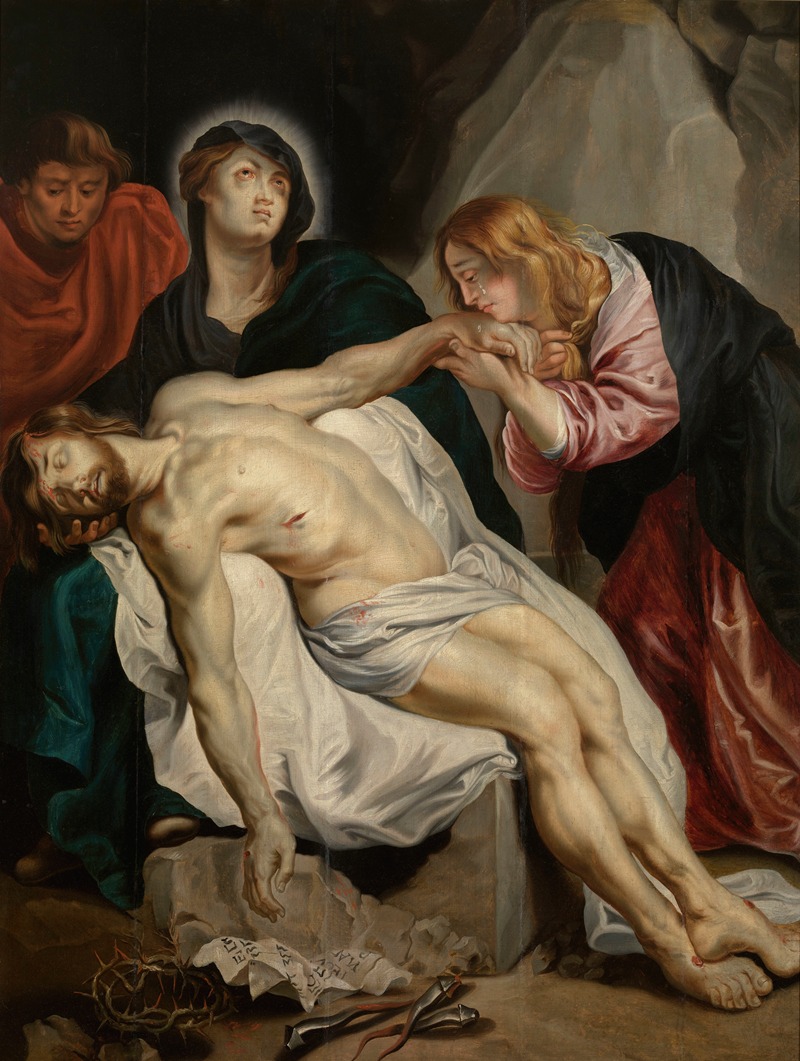
The Lamentation over the Dead Christ
A hand-painted replica of Anthony van Dyck’s masterpiece The Lamentation over the Dead Christ, meticulously crafted by professional artists to capture the true essence of the original. Each piece is created with museum-quality canvas and rare mineral pigments, carefully painted by experienced artists with delicate brushstrokes and rich, layered colors to perfectly recreate the texture of the original artwork. Unlike machine-printed reproductions, this hand-painted version brings the painting to life, infused with the artist’s emotions and skill in every stroke. Whether for personal collection or home decoration, it instantly elevates the artistic atmosphere of any space.
Anthony van Dyck's "The Lamentation over the Dead Christ" is a poignant and evocative work of art that exemplifies the Baroque era's emotional intensity and dramatic expression. Van Dyck, a Flemish Baroque artist, was renowned for his religious and portrait paintings, and this particular piece is a testament to his skill in conveying deep emotion and narrative through art.
Created in the early 17th century, "The Lamentation over the Dead Christ" depicts the biblical scene of Christ's followers mourning over his body after the crucifixion. This theme, known as the Lamentation, was a popular subject in Christian art, allowing artists to explore themes of grief, loss, and redemption. Van Dyck's interpretation is notable for its composition, use of color, and the emotional expressions of the figures involved.
In the painting, the body of Christ is centrally positioned, drawing the viewer's eye to the focal point of the composition. His lifeless form is supported by the Virgin Mary, who is often depicted in such scenes as a symbol of maternal sorrow and devotion. The Virgin's expression is one of profound grief, capturing the viewer's empathy and highlighting the human aspect of the divine narrative. Surrounding them are other figures, typically including Mary Magdalene and John the Evangelist, each portrayed with distinct expressions of mourning and reverence.
Van Dyck's use of color and light in "The Lamentation over the Dead Christ" enhances the emotional impact of the scene. The artist employs a rich palette, with deep reds and blues that add to the somber mood of the painting. The use of chiaroscuro, a technique characterized by strong contrasts between light and dark, further emphasizes the drama of the moment, casting certain figures in shadow while illuminating others, thereby guiding the viewer's focus and enhancing the narrative.
The composition of the painting is carefully structured to lead the viewer's eye across the canvas, from the sorrowful faces of the mourners to the serene, yet tragic, visage of Christ. This arrangement not only tells the story but also invites the viewer to reflect on the themes of sacrifice and redemption central to the Christian faith.
Van Dyck's "The Lamentation over the Dead Christ" is housed in various collections, with several versions and studies attributed to the artist. His approach to this subject reflects his broader artistic style, characterized by elegance, emotional depth, and a keen attention to detail. As a student of Peter Paul Rubens, Van Dyck was influenced by his master's dynamic compositions and vibrant use of color, yet he developed his own distinct approach that left a lasting impact on the art world.
This painting remains an important example of Baroque religious art, illustrating Van Dyck's ability to convey complex emotions and spiritual narratives through his masterful use of composition, color, and light. It continues to be studied and admired for its artistic and historical significance, offering insight into the devotional practices and artistic conventions of the 17th century.





